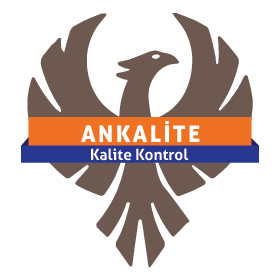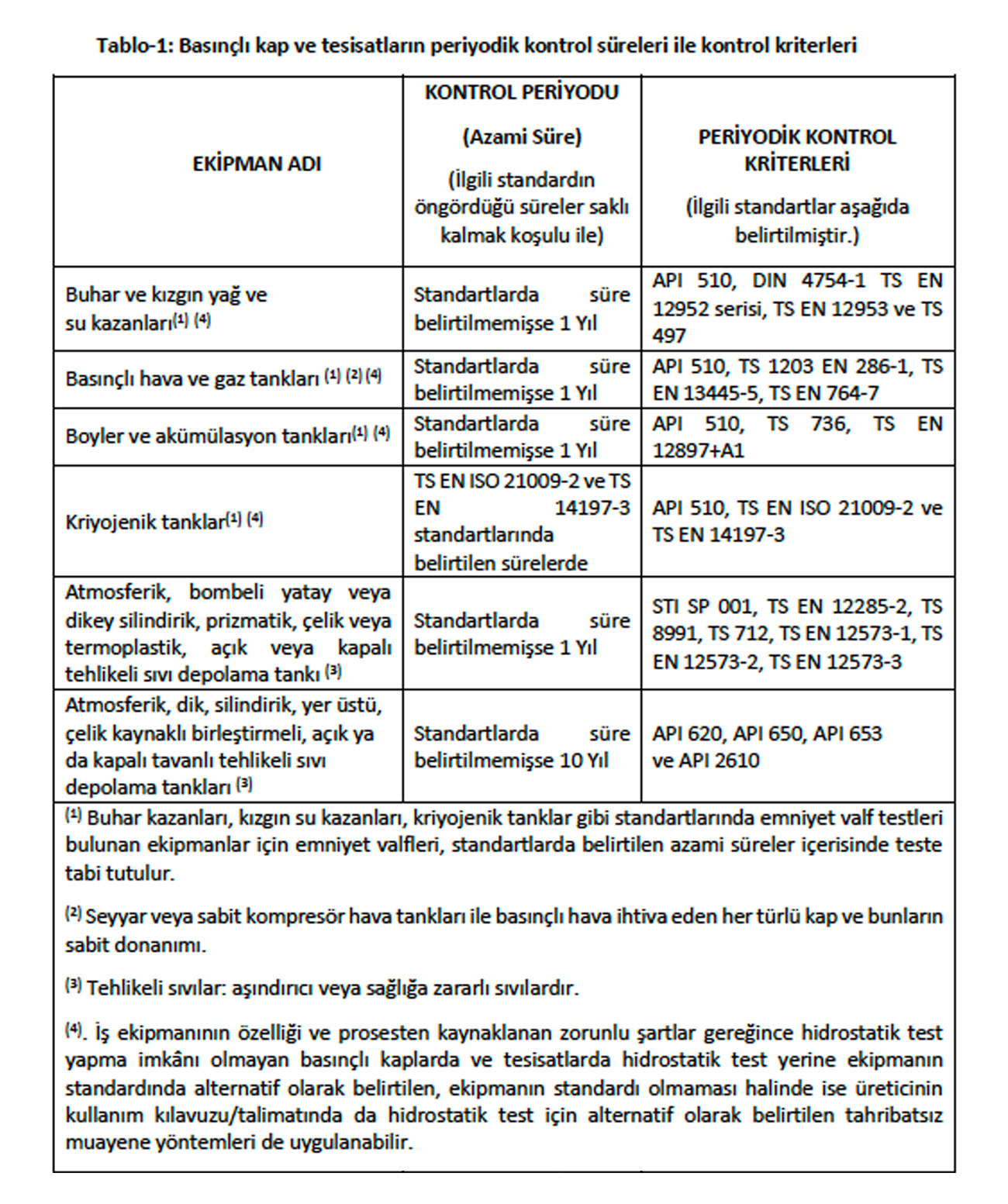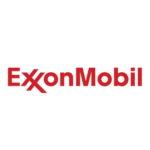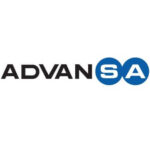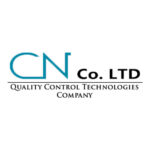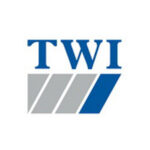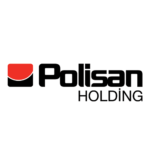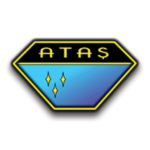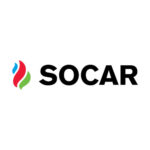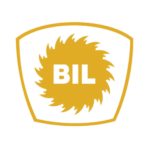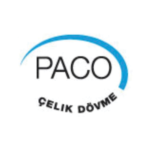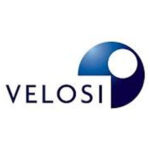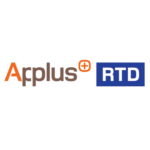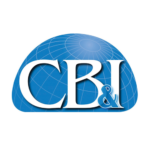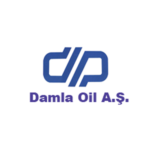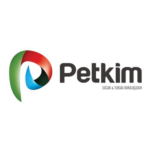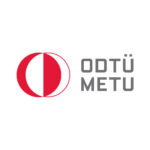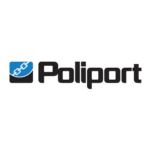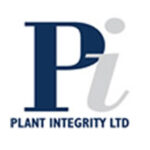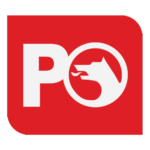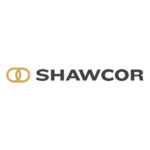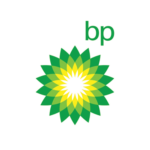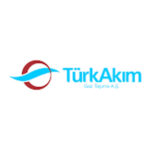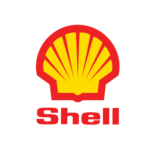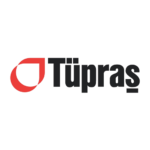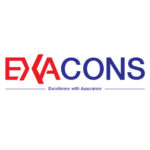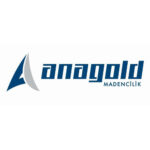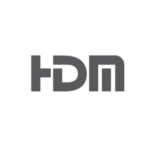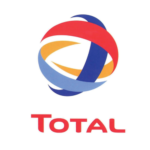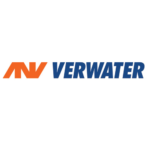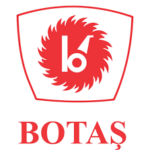Audit Services
SEVESO“Inspection Services within the Scope of SEVESO and the “Regulation on Health and Safety Conditions in the Use of Work Equipment”
Following the serious industrial accident in Seveso, Italy, in 1976, the European Union adopted the Seveso Directive on accident prevention in industrial equipment. The Directive has been improved at various intervals, taking into account the lessons learned from major industrial accidents.
Seveso-II Directive was first published in Turkey according to the Official Gazette No. 28867 dated 30 December 2013.
SEVESO “Regulation on Preventing Major Industrial Accidents and Reducing Their Effects” imposes important obligations on organizations operating in this field. The Directive contains general and specific obligations both on industrialists and on the competent authorities of the Member States. The provisions fall into two main categories regarding the main objectives of the directive. These are; measurement controls that aim to prevent major accidents and measurement controls that limit the consequences of major accidents.
This regulation requires organizations that store hazardous substances for production, storage, or sales purposes within the facility to identify all necessary precautions to prevent major industrial accidents, minimize potential harm to people and the environment from possible accidents, and ensure effective and continuous protection and risk management.
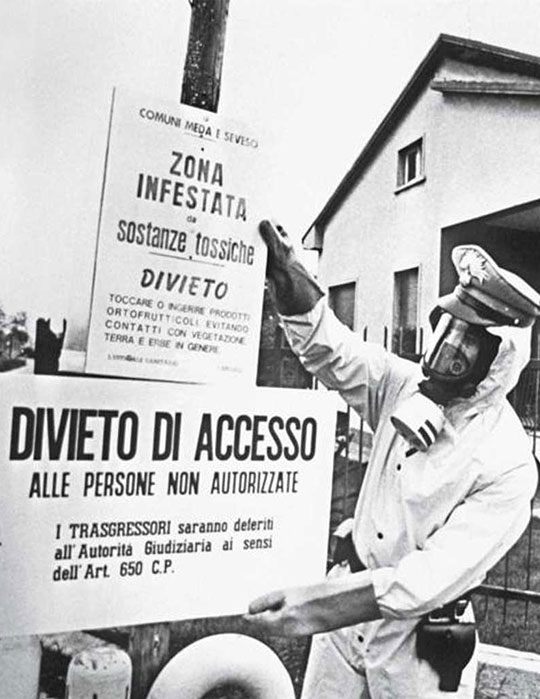
Legal obligation
According to the “Regulation on Health and Safety Conditions in the Use of Work Equipment” by the Ministry of Labor and Social Security, pressurized tanks and storage facilities containing hazardous liquids must undergo periodic non-destructive inspections at specified intervals, in accordance with the standards stated in the “Annex-III Maintenance, Repair, and Periodic Inspections” section of the relevant regulation. These inspections should be carried out by authorized personnel designated by the company.
Table 1 provides the specified intervals for periodic inspections and the corresponding criteria.
To identify Seveso facilities, all industrial establishments that handle hazardous chemicals must submit notifications through the online.cevre.gov.tr website prepared by the Ministry of Environment. This is a crucial step in the process of identifying and monitoring facilities that handle dangerous chemicals.
SEVESO and “Regulation on Health and Safety Conditions in the Use of Work Equipment”
Within this we provide following services;
- Inspections of vertical cylindrical aboveground storage tanks while in operation according to API 663.
- Inspections of vertical cylindrical aboveground storage tanks according to the API 653 standard when they are out of service.
- Inspections of underground vertical cylindrical storage tanks according to the API 653 standard.
- According to the STI-SP001 standard, inspections of underground horizontal cylindrical storage tanks.
- Inspections of non-steel aboveground tanks according to the STI-SP001 standard.
- Inspections of insulated or uninsulated piping systems according to API 570.
- Inspections of pressure vessels (reactors, heat exchangers, etc.) according to API 510.
- Risk Based Inspection (RBI) of all equipment
API Authorized Inspector Report
Calculations of the following data requested in SEVESO studies are carried out in reports prepared by API inspectors.
- Audit Activity
- Corrosion Speed
- Corrosion Margin
- Theoretical Life Calculation
- Maximum fill level
- Maximum Allowable Working Pressure (MAWP) for pressure vessels
- Maximum Hydrostatic Test Pressure for pressure vessels
- Maximum Allowable Operating Pressure (MAOP) for pipelines
- Maximum Hydrostatic Test Pressure for pipelines
- Maximum Hydrostatic Test Pressure for pressure vessels
- Classification of tanks, pressure vessels and pipelines according to their risks
- Next inspection date
